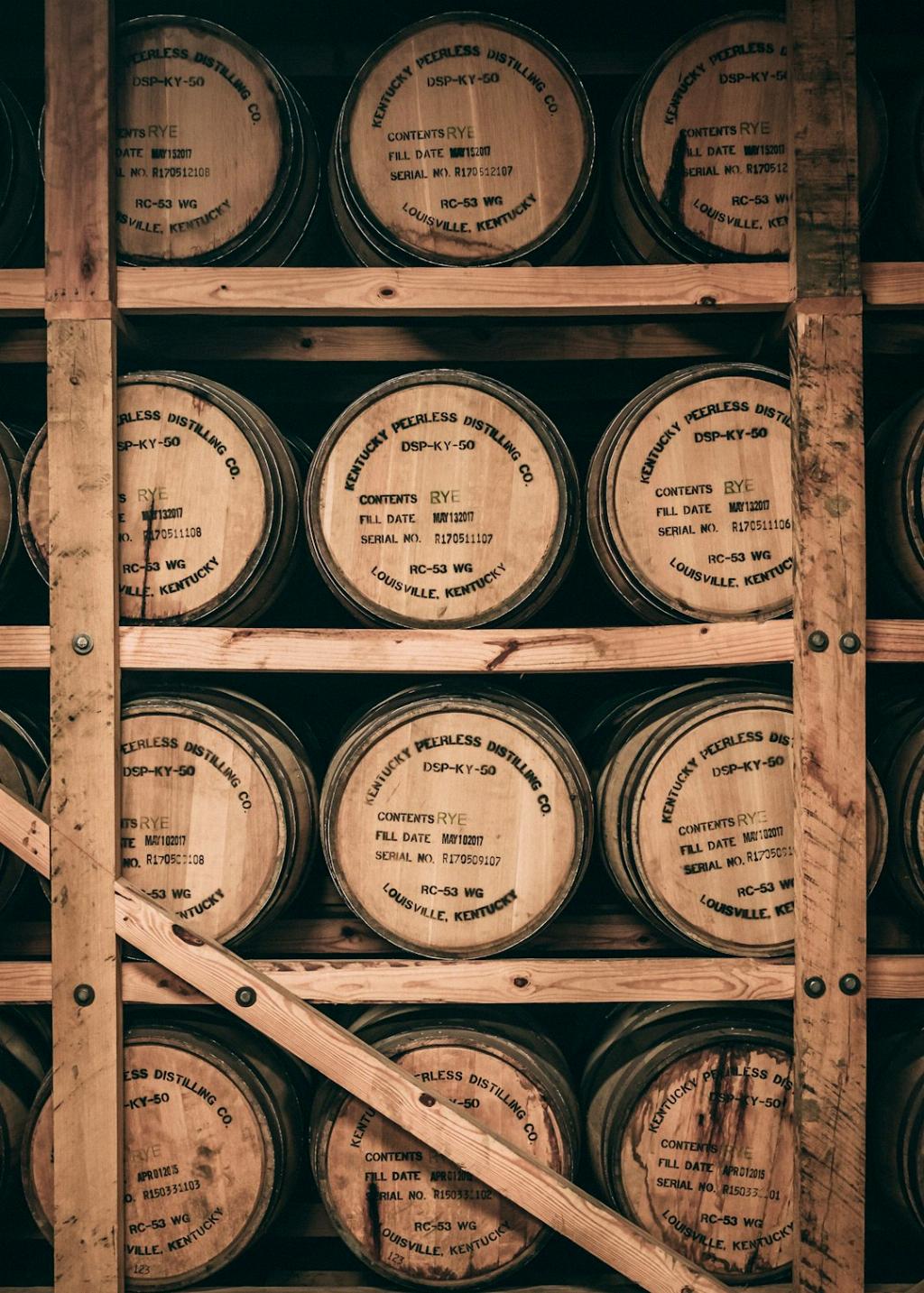Campbeltown, once known as the “whisky capital of the world,” was a thriving hub for whisky production in the early 20th century. However, the industry faced a series of challenges that led to a decline in Campbeltown whisky distilleries. Today, only three distilleries remain in this historic town. In this article, we will explore the factors that contributed to the decline of Campbeltown whisky and shed light on the current state of the industry.
The Rise and Fall of Campbeltown Whisky
At its peak, Campbeltown was home to more than 30 distilleries, each producing unique and distinguished whiskies. The region’s distinct maritime climate and proximity to the sea played a significant role in shaping the flavor profiles of Campbeltown whiskies, which were often characterized by their briny, peaty, and oily notes.
However, a combination of factors led to the decline of Campbeltown whisky. Firstly, the Prohibition era in the United States, which lasted from 1920 to 1933, significantly impacted the export market for Scottish whisky. The loss of this crucial market hit Campbeltown distilleries particularly hard, as they heavily relied on exports.
Secondly, changes in consumer preferences during the mid-20th century contributed to the decline. Drinkers began to favor lighter, smoother whiskies from other regions, such as Speyside and the Highlands. Campbeltown whisky, with its robust and characterful flavors, struggled to compete with these trends.
Closures and Consolidations
Over the years, many Campbeltown distilleries closed their doors due to financial difficulties and the inability to adapt to changing market conditions. The Great Depression in the 1930s further exacerbated the economic challenges faced by the industry. Distilleries such as Cadenhead’s, Glen Scotia, and Glengyle were casualties of these trying times.
Consolidation also played a significant role. Several distilleries merged or were taken over by larger companies in an attempt to survive. This led to the closure of individual brands and the concentration of production in a few remaining distilleries.
Springbank Distillery: Carrying the Torch
One distillery that has managed to weather the storm and maintain Campbeltown’s whisky legacy is Springbank Distillery. Founded in 1828, Springbank has been producing whisky continuously for almost two centuries. Their commitment to traditional production methods and artisanal craftsmanship have helped them carve a niche in the whisky market.
The distillery produces three distinct styles of whisky: Springbank, Longrow, and Hazelburn. Each of these expressions showcases different aspects of Campbeltown’s whisky heritage, from the rich and peaty characteristics of Longrow to the lighter and more delicate profile of Hazelburn.
Glengyle Distillery: A Resurrection
In recent years, there has been a glimmer of hope for Campbeltown whisky enthusiasts with the resurrection of Glengyle Distillery. Originally established in 1872, it closed its doors in 1925 and remained dormant for several decades. However, in 2004, Glengyle was revived and brought back to life.
Under the guidance of the Mitchell family, who also owns Springbank, Glengyle Distillery began producing whisky once again. Their flagship brand, Kilkerran, has been met with critical acclaim and has helped rekindle interest in Campbeltown whisky.
The Future Outlook
While Campbeltown may never return to its former glory, the remaining distilleries are working tirelessly to preserve the region’s whisky heritage. They focus on producing high-quality, artisanal whiskies that pay homage to Campbeltown’s rich history and unique flavors.
Although the number of distilleries has diminished, the spirit of Campbeltown whisky lives on. Whisky enthusiasts can still explore the distinctive tastes of this region and appreciate the craftsmanship and tradition that goes into each bottle.

Conclusion
The story of Campbeltown whisky is one of rise and fall, but also of resilience and revival. Despite the challenges faced by the industry, the remaining distilleries are a testament to the enduring appeal of Campbeltown’s whiskies. As whisky lovers, we can continue to support and celebrate these distilleries, ensuring that the legacy of Campbeltown whisky never fades away.
